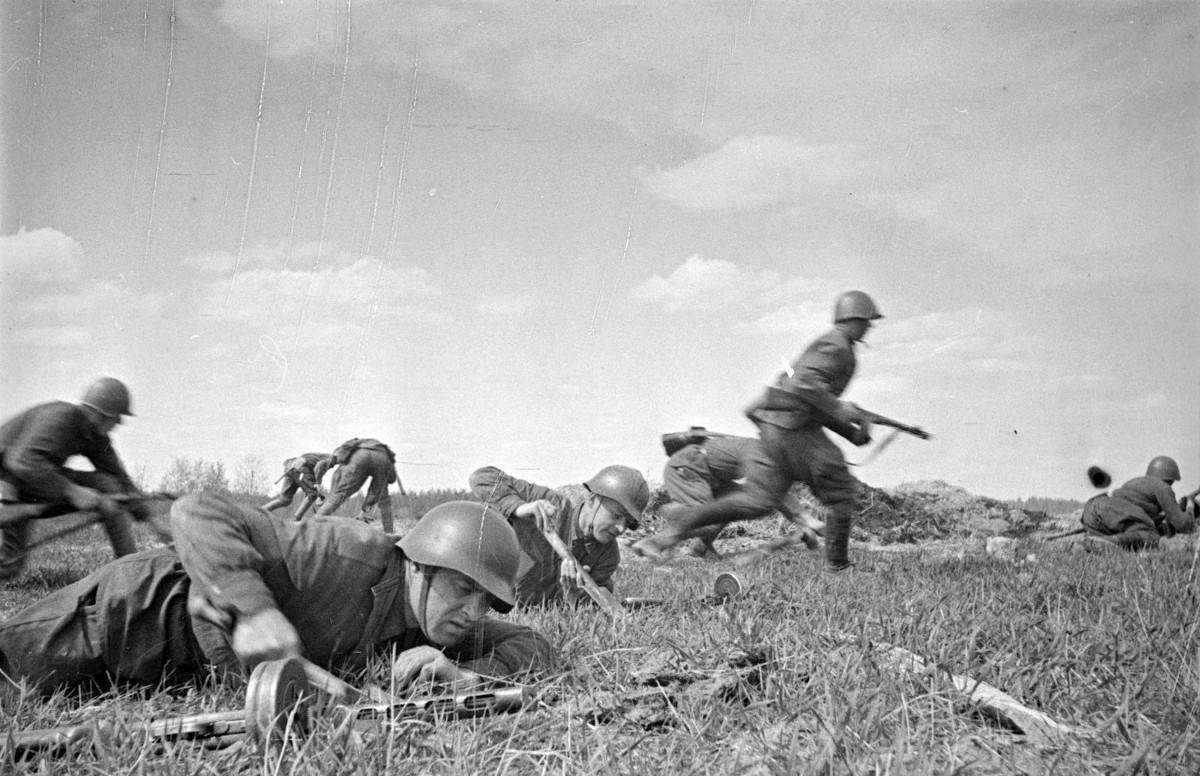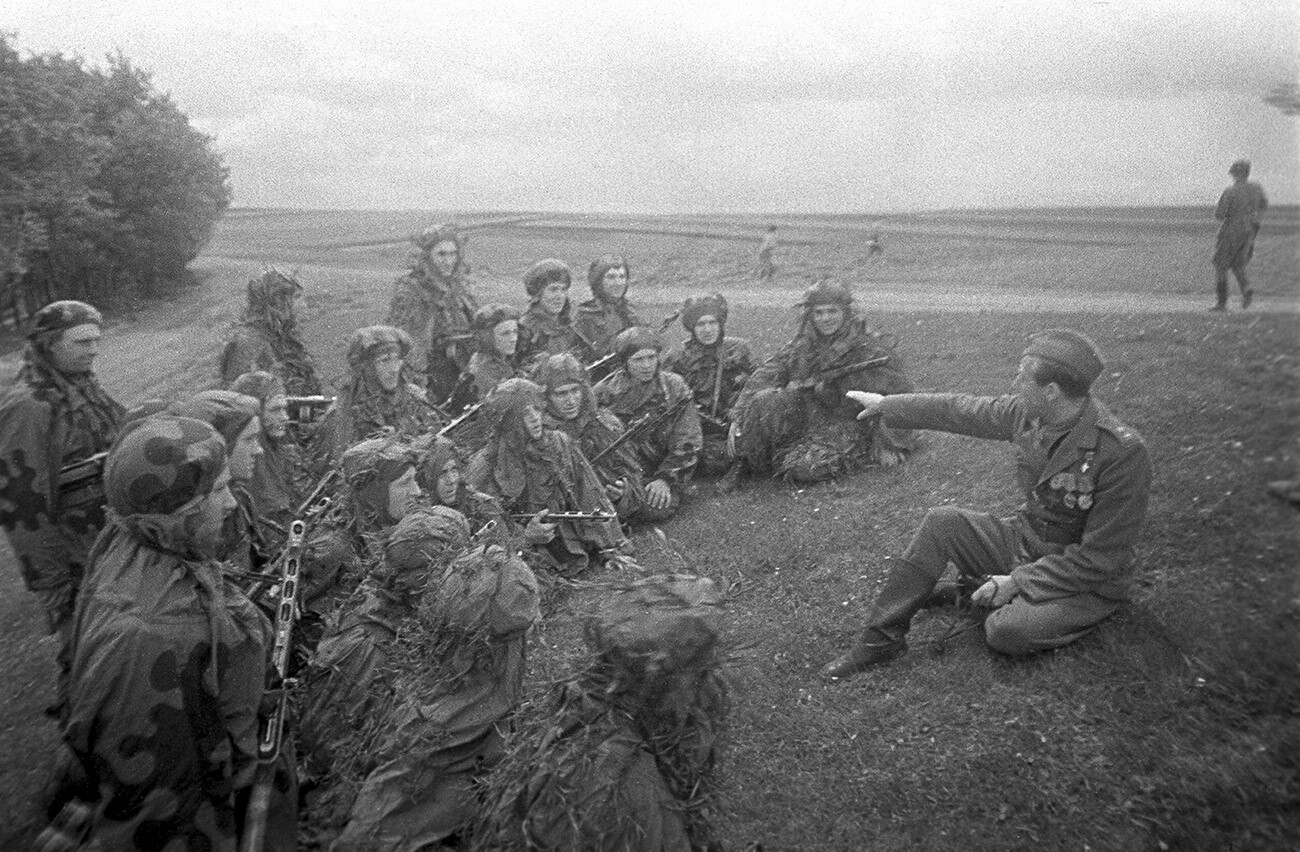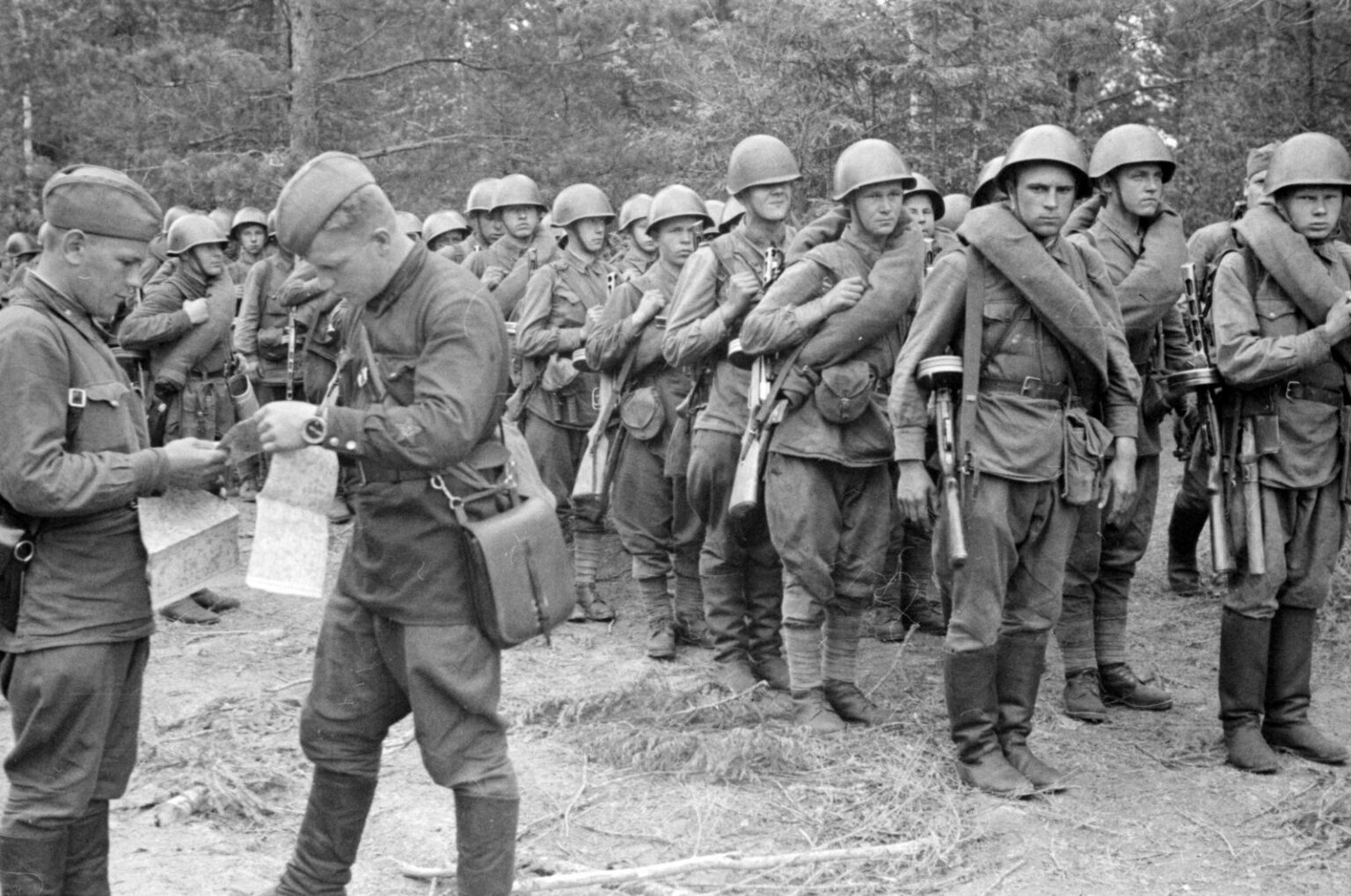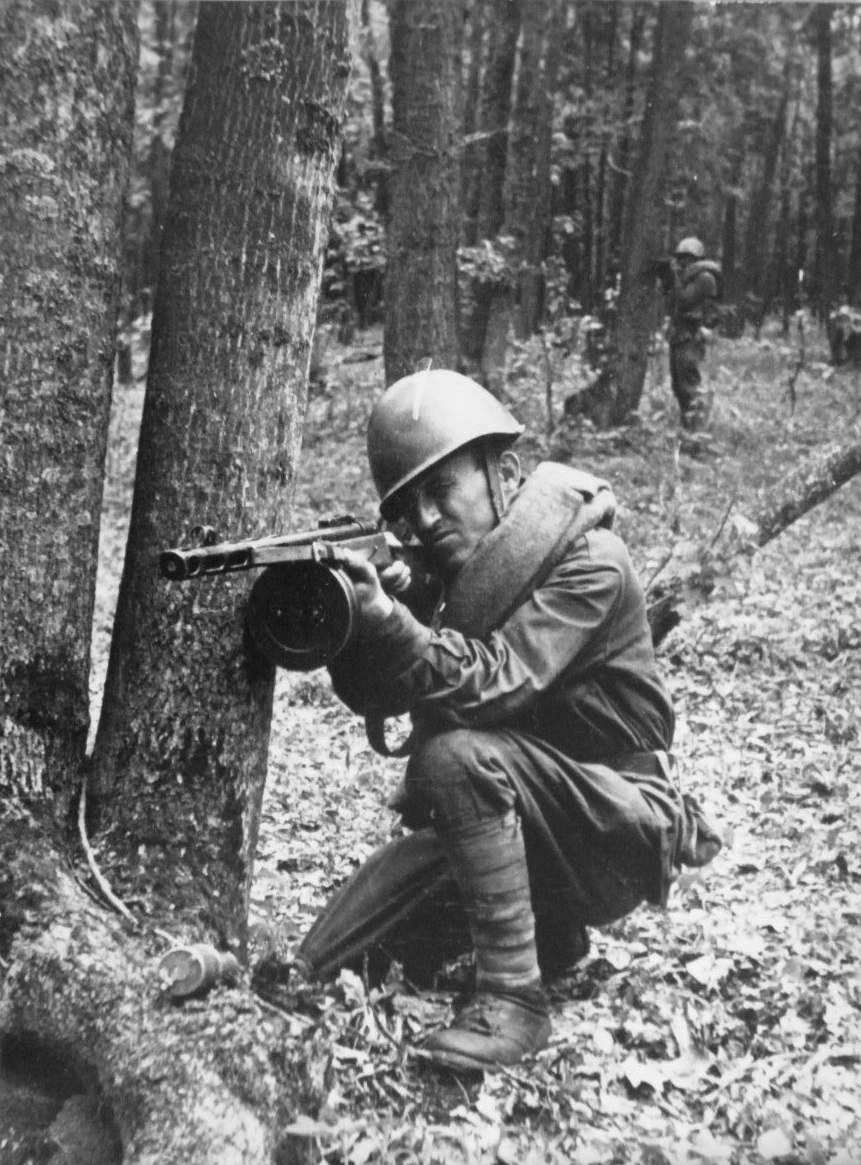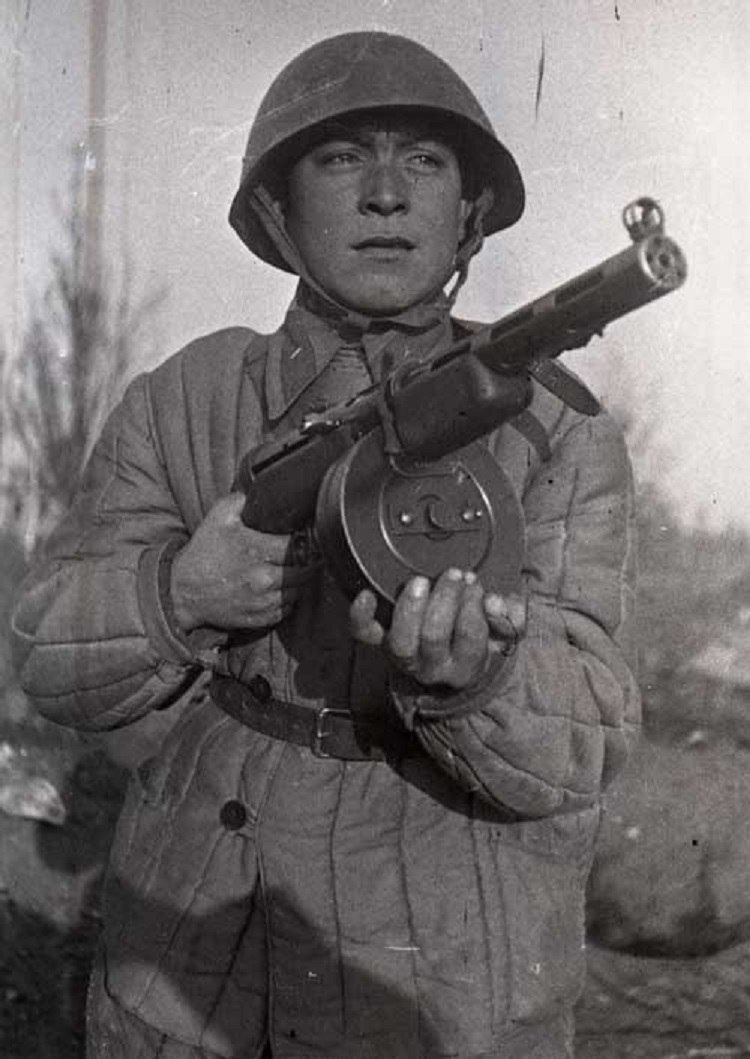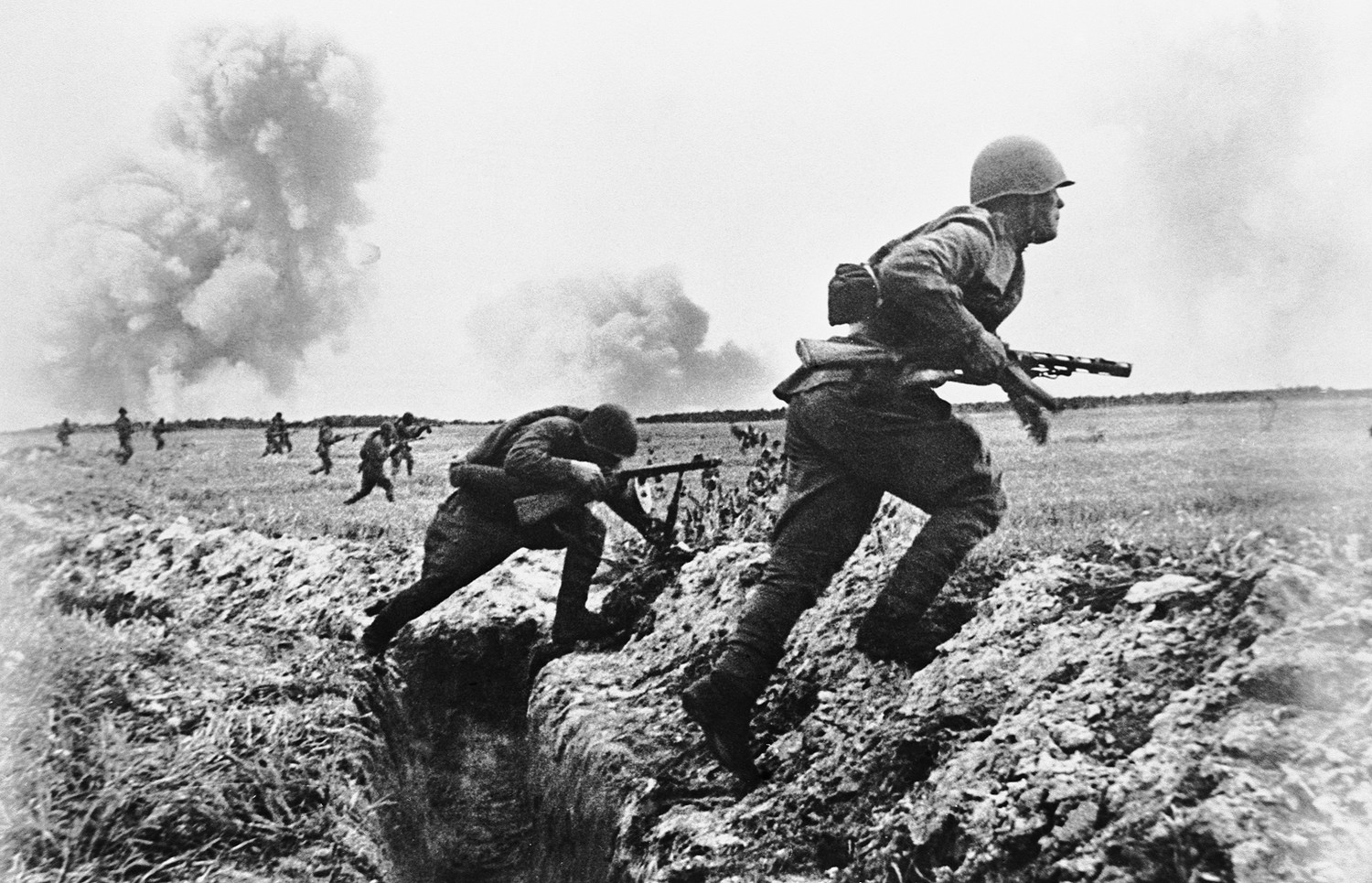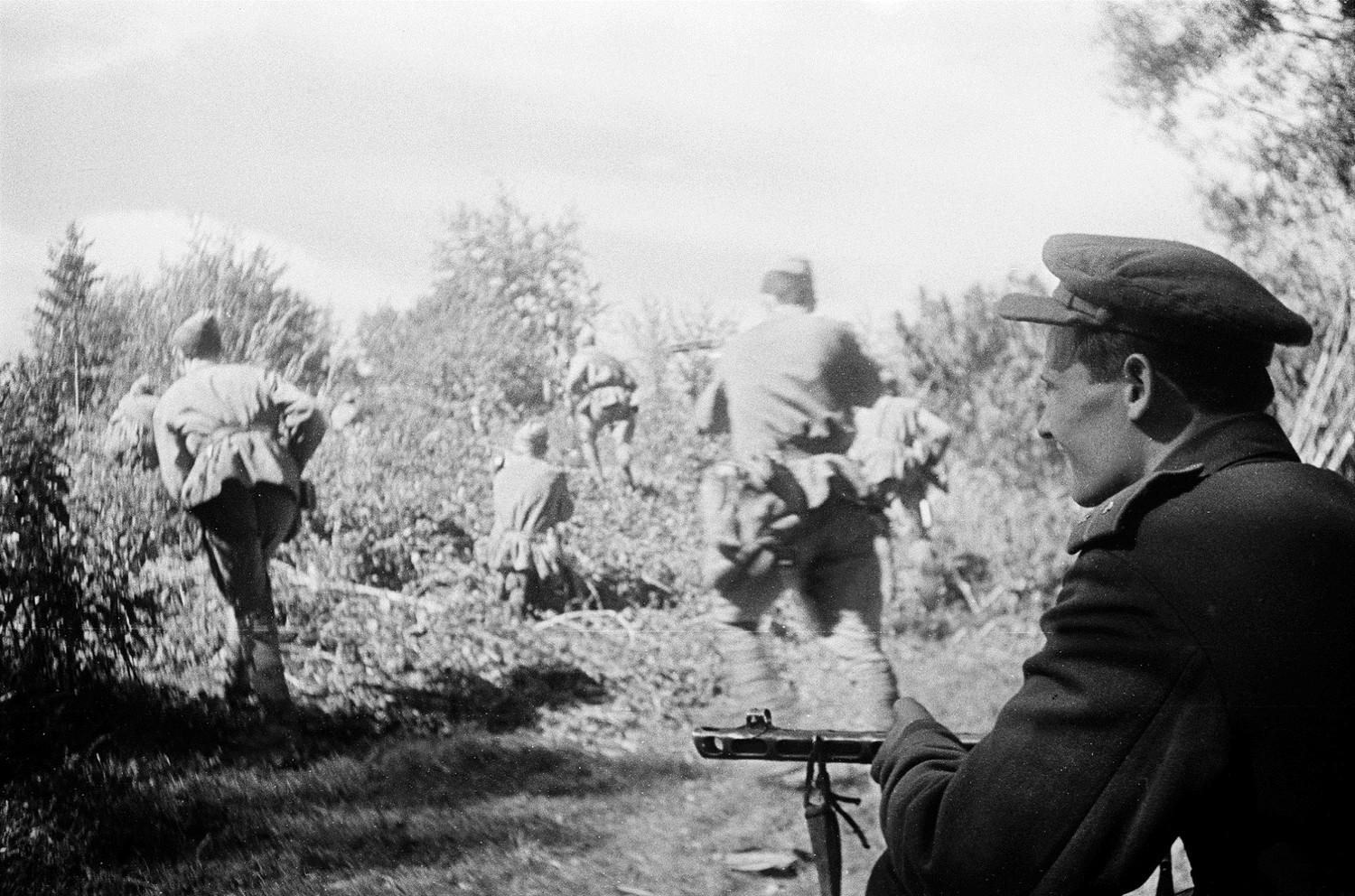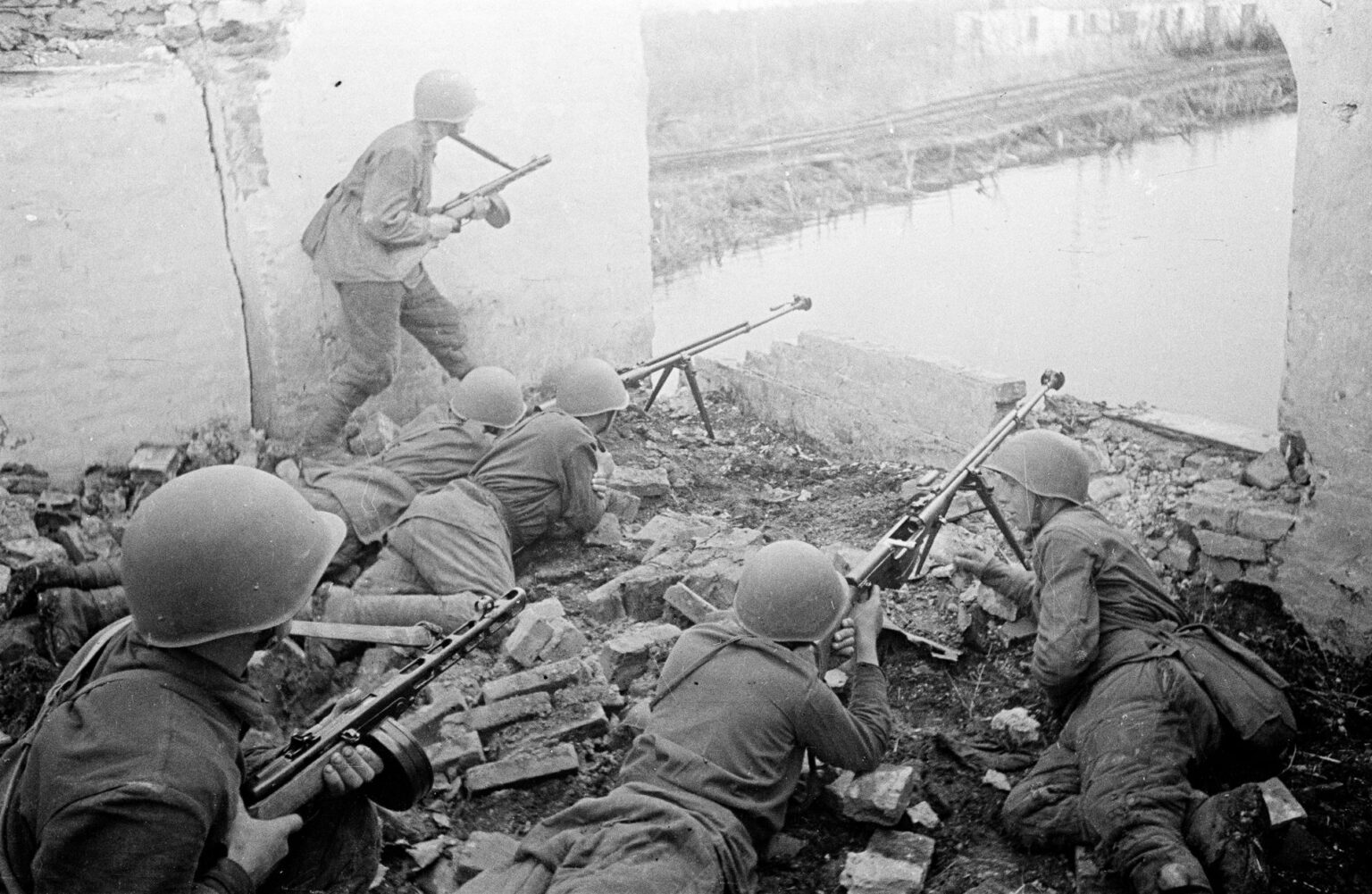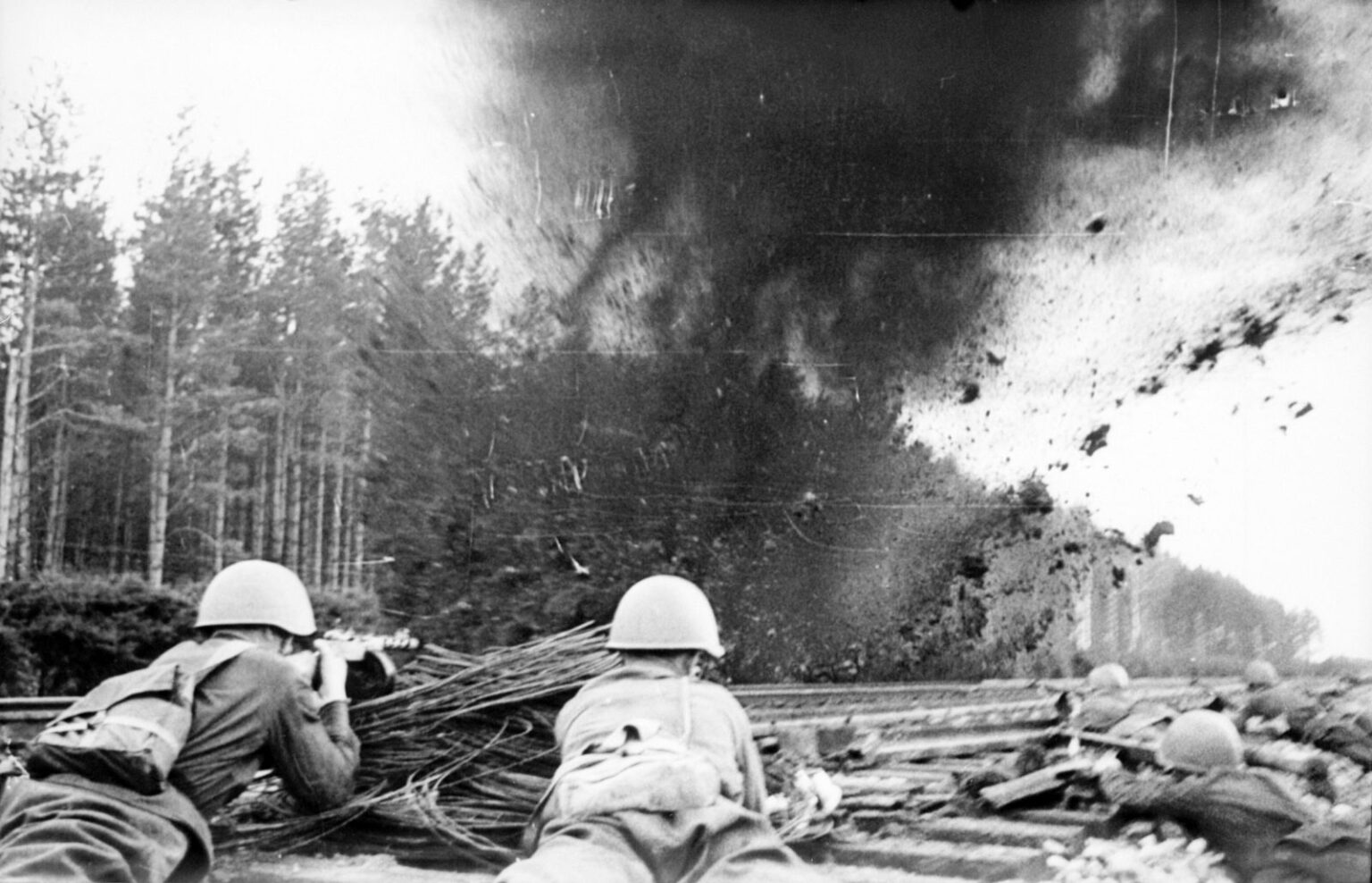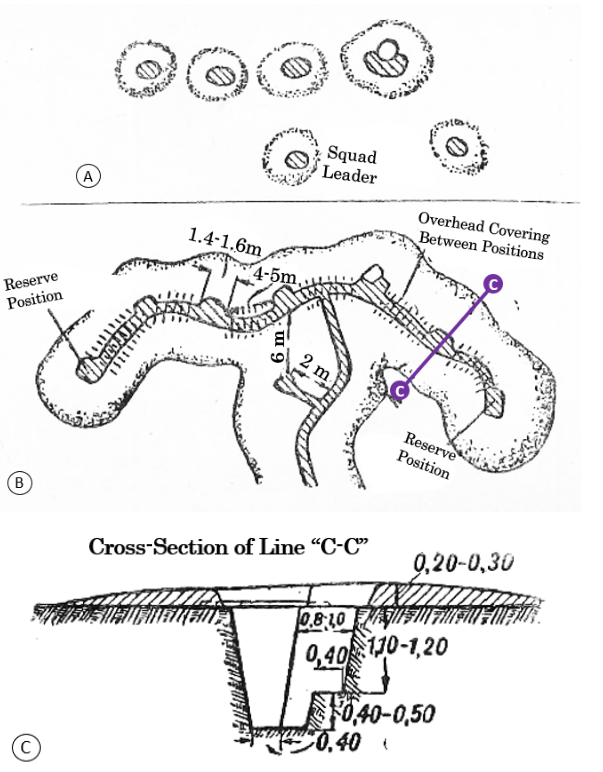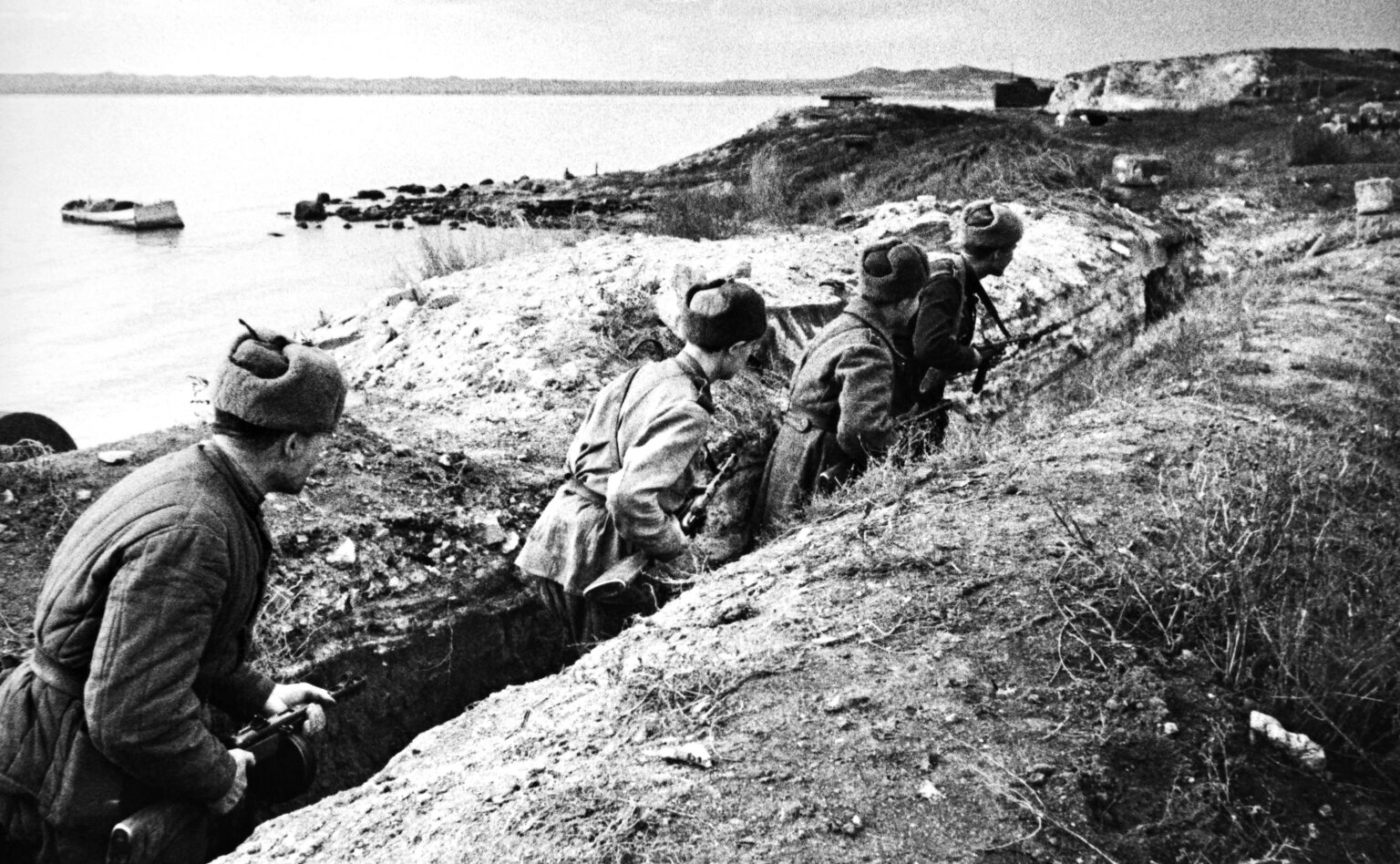Item Number | Symbol/Sign | Description |
1 | Attention | Raised hand to head-height |
2 | “I see…”, “I hear…” (I understand your signal) | Raise both hands to head height, then drop them |
3 | “Repeat…” (I did not understand your signal) | Raise both hands to head height, then wave cross-wise in front of face |
4 | “Assemble on me” | Raise one hand above head to full height, rotate arm several times in a small circle, then drop immediately towards ground |
5 | “Deploy on line” (from marching formation) | Extend both arms to the sides several times |
6 | “Halt!” (take cover, cease fire) | Raise arm in air, drop to ground repeatedly in-front of face |
7 | “Advance” (forward in a new direction) | Raise one hand to head-height, make several energetic swings with the other and leave it in the direction of movement |
8 | “Open fire!” | Raise both arms outward to shoulder height, hold there until fire has commenced |
9 | “Bring ammo!” | Raise your hand to head-height and swing it to the side outward |
10 | Right, Left, Forward, to the Rear (in the desired direction etc.) | Raise hand above head to maximum extension, lower it several times to shoulder height in the same direction |
11 | “I see the enemy…” | Extend both hands to shoulder height and hold there (do not extend outward, but upward) |
12 | “Route is clear…” | Raise arm to shoulder height and drop it several times |
13 | “Gas!!” | Raise your cap above your head |
